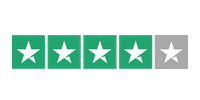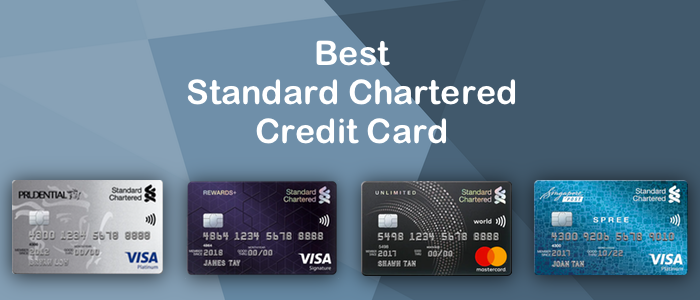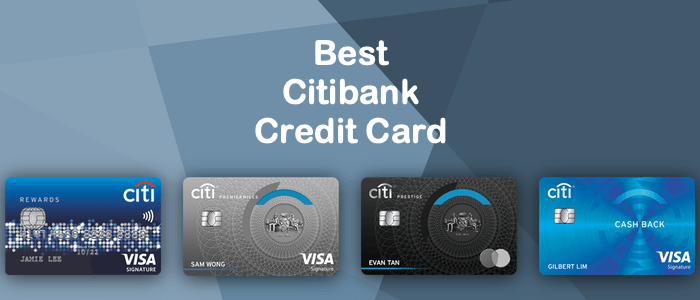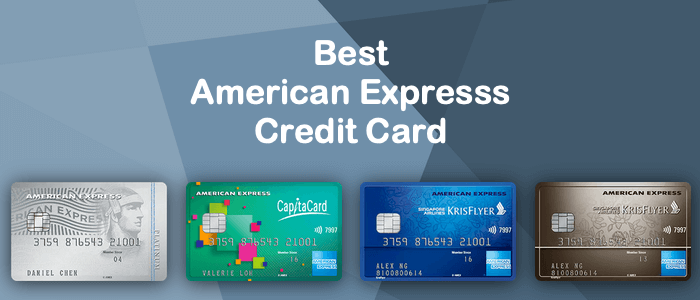
Understanding Singapore Home Loan Down Payments
If only buying a home is as simple as signing some papers and paying a sum of money. Unfortunately, the process to buying a home(even after you’ve chosen the place) is a complicated one, with many processes and fees to complete and pay for. It’s not even just about money; there’s eligibility status for HDBs, borrowing limits, cash amount needed for down payment and a host of other issues to consider.
What we’ve done here at EnjoyCompare is to help you break down the steps so that you can understand the process more simply.
What You Need To Pay For
Perhaps one of the first step to understanding home downpayments in Singapore is to know what “extras” you will need to pay for other than the home loan itself. Buying a home involves making some upfront payments as well as monthly payments such as:
- Option fee
- Initial down-payment – how much you pay and the amounts payable in cash and from CPF savings depend on the value and type of property you buy
- Stamp duty
- Legal cost, including stamp fees
- Agent’s commission and fees
- Other miscellaneous cost
How Much Downpayment Do You Need To Pay?
Type of loan: Taking a HDB loan requires a lower downpayment of 10% of purchase price or maket valuation, whichever is lower. You will need to satisfy certain conditions to be able to enjoy a HDB loan. For those taking up a bank loan, you’ll need to pay 20% downpayment. Those on a bank loan will need to pay 5% downpayment in cash with the remaining 15% paid by your CPF savings or cash.
How Much Can You Borrow?
Before you go around looking at the properties on your potential purchase list, you should first look at how much you are eligible to borrow so as to filter out the type of property you can afford. Here’s where you need to understand the Total Debt Servicing Ratio (TDSR) and the Mortgage Service Ratio(MSR) first.
Total Debt Servicing Ratio (TDSR)
The TDSR was only introduced in June 2013 to prevent a borrower from becoming financially over-extended due to a property purchase. It limits the amount you can borrow for a home loan to 60% of your gross monthly income. Any outstanding debts you have are factored into the TDSR percentage as well, reducing the total amount you can borrow.
For example, if your monthly income is $5,000 and you owe no other debts, your monthly repayments should not exceed $3,000.
Mortgage Servicing Ratio (MSR)
If you are looking to purchase a resale HDB flat or Executive Condominium, you will also need to consider the Mortgage Servicing Ratio (MSR). The MSR limits borrowers to use up to 30% of their gross monthly income to repay home loans.
Using the above example, under the MSR, your monthly repayments should not exceed $1,500, although the TDSR states that you can borrow up to $3,000 per month for your home loan.
With all these loan limits, it is thus important to understand the different types of payments and processes so that you do not make a downpayment for a property first and finding out later that you cannot afford to finance it.





